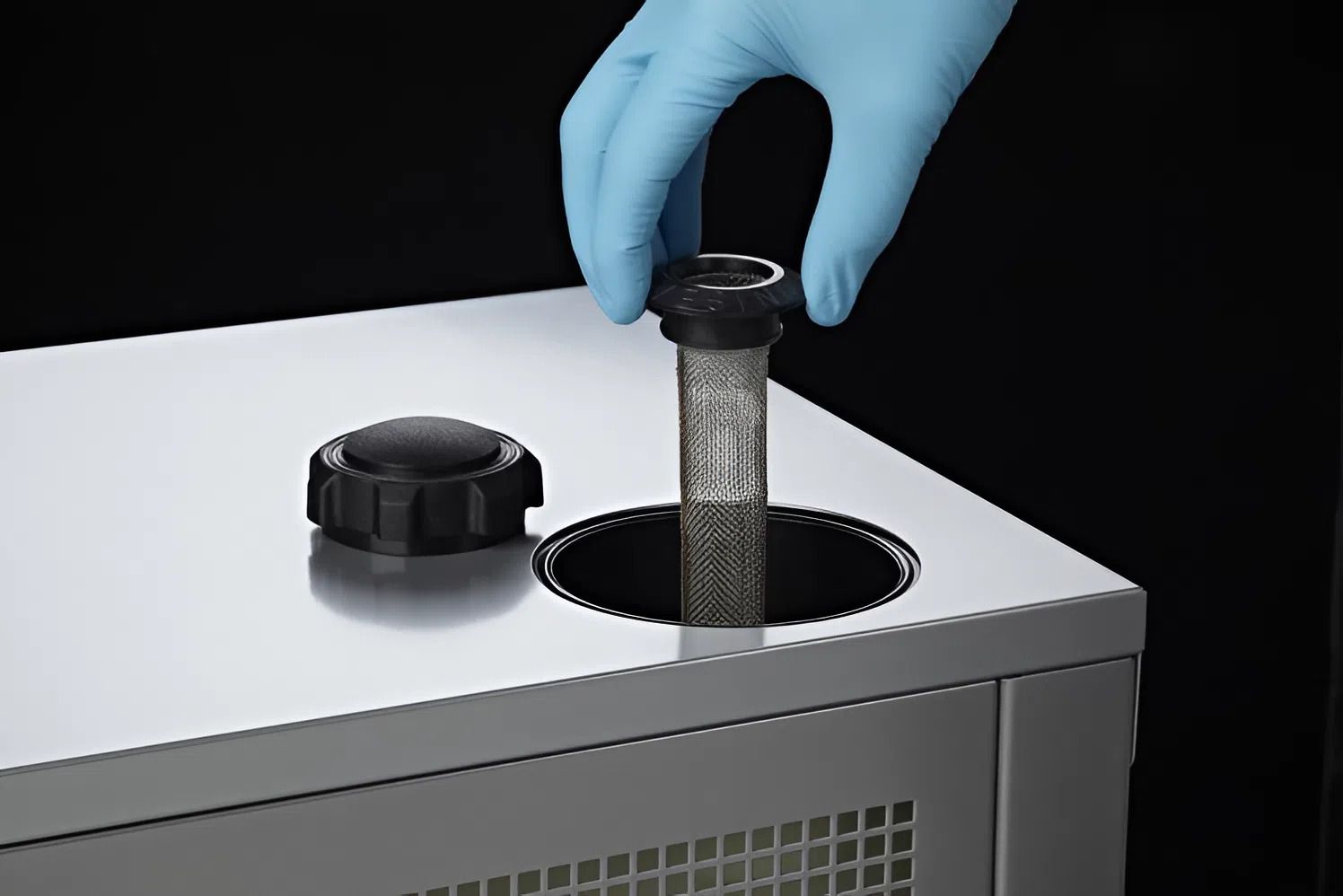Heating/Water Bath
Water Bath: Operating Conditions and Types
A water bath is a common piece of equipment found in laboratories and research centers. So, what conditions are required for this device to operate stably, and how many types of water baths are commonly used today? Let's find out more details in the article below!

Understanding the Laboratory Water Bath
A water bath (or thermostatic bath) is a device used to maintain a stable temperature for water or other solvents like oil or sand. This equipment can heat liquid samples for a specific period of time, and is also used for warming reagents, incubating cell cultures, or supporting chemical reactions that require high-temperature conditions.
How many types of water baths are there?
Depending on the thermal requirements and operating method, water baths are categorized into various types. Below are the common types currently in use:
Other types include baths using oil, water, or sand as the heating medium (Oil Bath, Water Bath, Sand Bath), etc.
Furthermore, some models of water baths are also equipped with a component to control the flow rate of the liquid around the sample, which helps achieve more uniform and precise temperature control.
Structure of the Water Bath
As they are frequently used in laboratories, water baths typically have a compact, benchtop design. The frame is often made of insulating metal, stainless steel, or heat-resistant glass – ensuring durability and safety during operation.
The main components inside the water bath include:
- Heating element
- Fan or stirrer
- Thermometer
- Operating Principle
The water bath operates based on a mechanism of heating and circulating stirring. The heating element warms the solvent to the set temperature. The fan or stirrer inside helps distribute the heat evenly throughout the bath, preventing localized temperature differences. Meanwhile, the thermometer allows the user to monitor and adjust to ensure the temperature remains stable according to the experiment's requirements.
Applications of the Water Bath
Water baths are widely used in laboratories due to their ability to maintain stable and safe temperatures. Some typical applications include:
- Providing indirect heat for experiments that require strict temperature control.
- Warming reagents, incubating cell cultures, or supporting chemical reactions that need a high-temperature environment.
- Warming blood bags, performing APTT checks, and other biomedical tests.
- Heating flammable substances, replacing the use of direct flames, which helps reduce the risk of fire and explosion and ensures safety during manipulation.
Notes for Using a Water Bath
Like any other laboratory equipment, for the water bath to operate efficiently and last long, users need to follow the correct operating procedures and periodic maintenance. Below are some points to note:
- Clean and replace the solvent (water, oil, sand) regularly to ensure cleanliness and heat transfer efficiency.
- Check and clean the temperature probe, stirrer, and thermometer to prevent scaling or interference with accuracy.
- Clean the device after each use to prevent mold and dirt buildup.
- Close the bath lid when not in use to limit solvent evaporation and prevent contamination from the environment.
- Monitor the solvent and thermometer temperatures periodically, and recalibrate if any error is detected.
- Only turn on the machine after the solvent has been filled to the specified level to prevent damage to the heating element.
- Adjust and check the temperature frequently to ensure the device always operates under stable and precise conditions.
You may be interested in:
-
-
-
-
-
-
-
-
-
-
-
-
-
-
-
-
-
-
-
-
-
-
-
-
